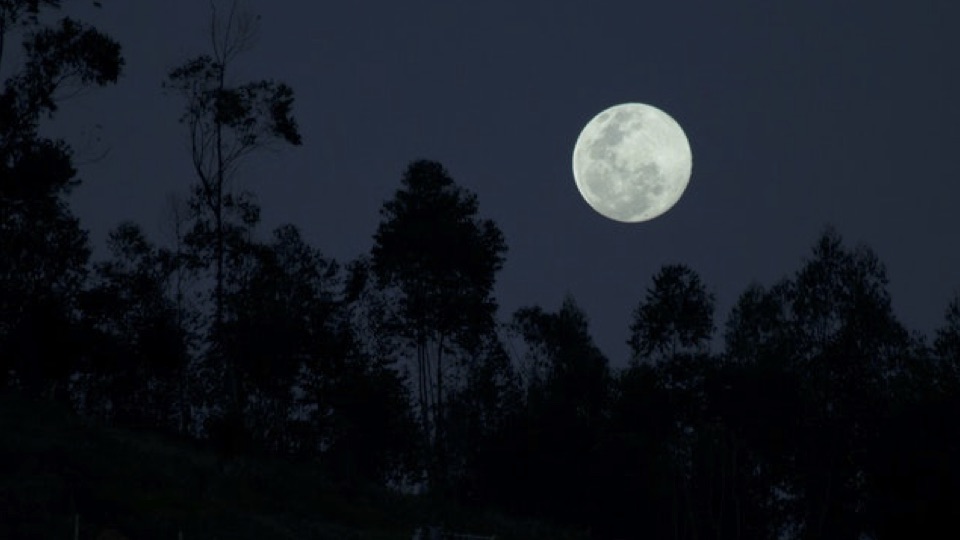Yes, Moon Gardens are a thing, most appreciated by night owls who love to chill outdoors. Perhaps before a cozy fire pit with a glass of wine? Read on to discover why this is such a gorgeous trend.
A typical flower garden features an array of colors and species, admired under the brilliance of the sun. Moon Gardens are a monochromatic collection of white or pale flowers (like white daffodils or white tulips) that are highlighted by the moon’s glow. A Moon Garden includes plants with reflective foliage like Lamb’s Ear and those that bloom at night, like Angel’s Trumpets. Choosing plants with lighter shades maximizes the moon’s reflection and makes them stand out against a darkly lit sky. It’s an entirely different kind of “wow” factor.
To start your own Moon Garden, select an area that’s exposed to the night sky, one unencumbered by tall trees or other high structures that can block the moon. Ideally, your chosen location is one where your garden can be enjoyed via deck, porch, patio, or window. When picking out your options, keep in mind that your plant selections will depend on your hardiness zones. But look into these plants as a base.
Lamb’s Ear
Lamb’s Ear’s silvery foliage stands out under the moonlight and grows to be a foot tall. Occasionally, purple flowers develop on the spikes and can reach a height between 12 to 18 inches.
Gardenias
Also known as Cape Jasmine, this perennial shrub’s white flowers release a sweet scent that wafts prominently in the atmosphere. Just the thing on a lazy summer night.
Moonflower
You can’t have a Moon Garden without a moonflower. This perennial vine can grow up to 15 feet long, is nocturnal and its fragrant flowers span four to six inches wide.
Four O’Clocks
As its name suggests, this lemony-scented delight blooms in the late afternoon or evening hours during the summer and fall seasons. Note: the plant can be toxic to pets if ingested.
Night Phlox
This low-growing perennial is ideal for any Moon Garden due to its honey or vanilla-scented tiny star-like flowers which attract night-time pollinators. And pollinators of all types are crucial to our environment these days.
Snowball Hydrangeas
For something striking, add these showy, snow-white blooms to your garden.
Sweet Alyssum
This low-growing plant with bright white blooms makes an excellent border. Look for the variety called “Easter Bonnet.”
White Roses
When is a rose not welcomed in any type of garden? Check out the “Iceberg” variety for that sweet romantic scenery.
Chinese Blue Moon Wisteria Tree
One look at this beauty and you just know it’s a “must-have” for a stunning focal point.
Those are just a few selections to get you started. Besides plants, enhance your Moon Garden with accessories that also reflect the moonbeams. Bleached pebbles, marble, or crushed granite pathways will draw even more light to the area. String lighting, candles, or solar light stakes will add more illumination without overpowering the design. Keep the theme going with half-crescent moon-shaped planters or moon-shaped solar light.
A Moon Garden is just the thing to help you enjoy the outdoors at every hour of the day…or night.
-Sharon Oliver
Photo by João Luccas Oliveira from Pexels




0 comments on “By The Light of the Silvery Moon: Planting A Moon Garden”